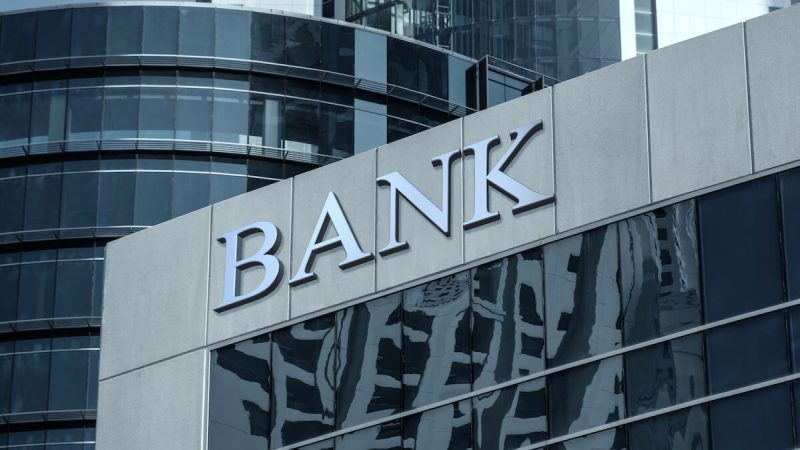The banking industry, as one of the cornerstones of modern economies, is always under scrutiny for signs of potential systemic risks. Over the years, various incidents have highlighted the vulnerability of the banking system to shocks and disruptions. While the sector has become more resilient since the global financial crisis of 2008, concerns persist about the possibility of another systemic implosion that could have far-reaching consequences.
One key indicator to watch for is the level of non-performing loans (NPLs) held by banks. An increase in NPLs can signal underlying weaknesses in the economy and the banking system, potentially leading to a domino effect of bank failures. Monitoring the trend of NPLs and the actions taken by banks to address them is essential in assessing the health of the banking sector.
Another area of concern is the interconnectedness of banks through complex financial instruments such as derivatives. These interconnected relationships can amplify systemic risks, as a shock to one institution can quickly spread throughout the system. Regular stress testing of banks and their exposure to various risks is crucial in identifying vulnerabilities and ensuring that banks have adequate buffers to withstand potential shocks.
Furthermore, the level of regulatory oversight and the effectiveness of regulations in ensuring financial stability are paramount. Weak regulatory frameworks or lax enforcement can create loopholes that allow risks to build up unnoticed until it’s too late. Strengthening regulatory oversight and ensuring that banks comply with prudential regulations is essential in safeguarding the stability of the banking system.
Technological advancements and the rise of digital banking have also introduced new risks to the banking sector. Cybersecurity threats, data breaches, and operational disruptions pose significant challenges to banks in safeguarding their systems and customer information. Investing in robust cybersecurity measures and building resilience against cyber threats is critical in mitigating these risks and ensuring the continuity of banking services.
In conclusion, while the banking system has made strides in improving its resilience and risk management practices since the global financial crisis, the potential for a systemic implosion still exists. Monitoring key indicators such as NPLs, interconnectedness, regulatory oversight, and cybersecurity risks is essential in identifying vulnerabilities and taking proactive measures to safeguard the stability of the banking system. By remaining vigilant and proactive in addressing potential risks, stakeholders can work towards maintaining a stable and sustainable banking sector in the face of evolving challenges.




























